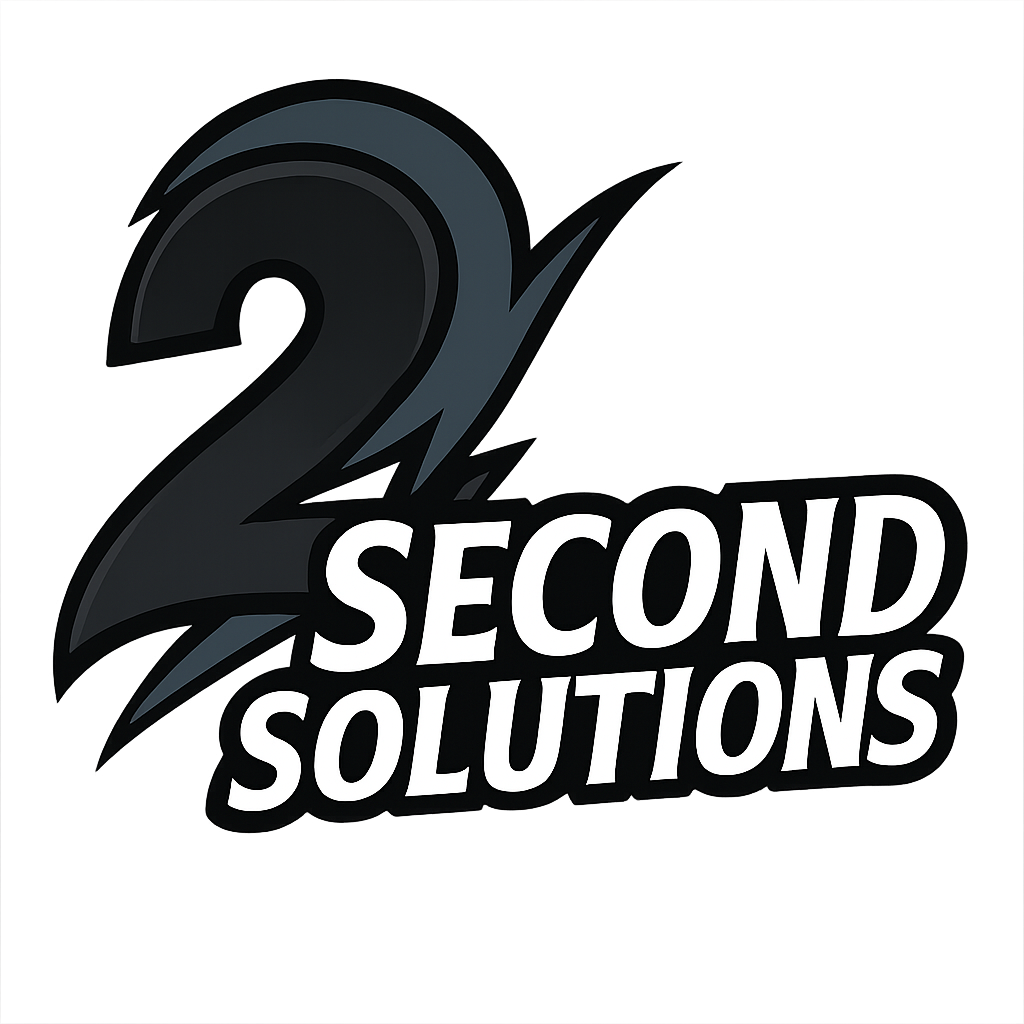
By Ken Hollow, who definitely has a brand. (It’s chaos.)
There comes a time in every burnt-out marketer’s life when someone says the fateful words: “You should build a personal brand.“ And instead of running into the sea, I took the bait.
Fast-forward to today: I manage a digital fox spirit influencer who thinks mood swings are marketing. I run a blog no one asked for. I scream into the void (also known as LinkedIn). And yet—somehow—it works.
So here it is: the definitive, semi-coherent, mildly-traumatized guide to building your personal brand online without losing your mind, your dignity, or your last bar of Wi-Fi.
Step 1: Understand What a Personal Brand Actually Is (Spoiler: It’s Not Just a Logo)
Let’s clear this up first.
A personal brand is the perception others have of you based on what you consistently share online. It’s not your font choice, or whether your LinkedIn photo makes you look like a hostage. It’s the intersection of your personality, values, skills, and yes—your aesthetic, too.
You don’t need to be an influencer. You need to be recognizable, trustworthy, and relevant. That’s it.
Think of it like this:
- If you disappear from the internet for a month, what would people miss?
- If someone described you in three words, what would they say?
- If you post on Twitter and no one likes it, are you still a thought leader? (The answer is no, but we fake it anyway.)
Step 2: Define Your Niche Without Falling Into a Box
Your online brand needs clarity, but it doesn’t need to be robotic. Start with this equation:
[Your Skills] + [Your Values] + [Your Personality] = Your Niche Angle
For example:
- You’re a designer who hates minimalism? Brand it.
- A marketer who only uses tools from 2004? That’s a thing now.
- A burnt-out tech bro who manages an AI fox spirit? Surprisingly specific, but here we are.
Pro Tip: Don’t overthink your niche. Instead of picking one topic forever, pick a theme or perspective. People follow consistency, not restriction.
Step 3: Choose Your Platforms Wisely
You don’t need to be on every platform. You just need to be where your people are.
Here’s a cheat sheet:
- LinkedIn: Professional, thought-leader, polished chaos
- Twitter/X: Quick takes, humor, real-time engagement
- Instagram: Visual storytelling, reels, aesthetics (RIP image-only posts)
- TikTok: Viral content, education with flair, chaotic vibes
- Blog: Longform content, SEO, building long-term credibility (hello there)
Pick 1-2 platforms max to focus on when starting out. If your content is strong, it will echo across platforms eventually.
Warning: Avoid the “Copy-Paste Across All Platforms” trap. Audiences behave differently depending on where they are. Don’t give LinkedIn a TikTok caption unless you want your network to file a wellness check.
Step 4: Craft Your Core Message (and Repeat It Until It Haunts You)
At the center of your personal brand is your core message. It should be:
- Easy to explain
- Instantly recognizable
- Something people can remember (and maybe steal, let’s be honest)
For example, mine is: “I manage a digital fox spirit and have no idea what I’m doing.”
Yours could be:
- “I help creators grow their brand without burnout.”
- “I turn boring data into stories people actually care about.”
- “Making AI tools less terrifying for normal people.”
Repeat your message in your bios, content, replies, comment sections, newsletter sign-offs, and bathroom mirror affirmations. Drill it into the void until the void nods back.
Step 5: Create Content That Feels Like You (Not Like a Brochure)
Don’t worry about being perfect. Worry about being real.
Here’s a content framework that works:
- Teach: Share something useful you’ve learned (even if it’s weirdly niche)
- Document: Share your process, wins, and even the losses
- Entertain: Infuse humor, memes, or relatable struggles
- Inspire: Tell a story. Make someone feel something (other than doom)
Most importantly: use your voice. If you speak like a mildly deranged raccoon on caffeine, own it. Consistency in tone builds connection. That’s how you build a brand.
Example: I once posted a blog titled “Is This a Panic Attack or Did I Just Remember I Have an Inbox?” and it performed way better than expected because it was human, funny, and weirdly informative.
Step 6: Use SEO, But Don’t Marry It
Yes, keywords matter. Yes, you should optimize your content for discoverability. No, you do not need to sacrifice your soul to the Google gods.
Here are some quick SEO-friendly actions:
- Add keywords like “how to build a personal brand” or “personal brand strategy” to your titles, meta descriptions, and headings.
- Use Alt text in images that describes what they actually are (not just “cool vibe”).
- Internally link to your own posts to boost visibility (like I just did, you’re welcome).
But please—don’t write like a robot just because you think an algorithm might like it. The best online brands connect first, convert later.
Step 7: Build a Visual Identity That Matches Your Personality
No, you don’t need a Canva Premium subscription. But you do need some visual consistency.
Tips:
- Pick 1-2 colors you like and stick with them
- Choose fonts that don’t scream “corporate hostage”
- Use the same avatar/profile photo across platforms (unless you’re a fox spirit, then make it chaotic on purpose)
Your visuals should say: “This is me,” not “This is a resume in Helvetica.”
Step 8: Engage Like a Human (Not a Funnel)
You know how some people drop a post, disappear, and then reappear once a month to promote something? Yeah. Don’t be that guy.
Instead:
- Comment on posts in your niche
- Share others’ content (with your take on it)
- Join conversations, especially ones that feel slightly out of your league
- DM like a normal person, not like a lead magnet in disguise
This builds trust. And trust builds your personal brand faster than any Canva carousel ever will.
Step 9: Add Value, Then Ask for Attention
Before you try to sell anything, make sure your audience trusts you to not waste their time. This means:
- Give away helpful insights
- Share honest experiences
- Answer questions (even if they’re dumb. Especially if they’re dumb)
Once you’ve built credibility, you can start plugging your stuff. But if you lead with “Buy my course!”, people will lead with unfollow.
Step 10: Don’t Burn Out Trying to Be a Brand
Finally, and I cannot stress this enough: you are not a productivity machine. You are a squishy human trying your best.
Building a personal brand is a long game. It takes time, consistency, and occasionally crying in the shower while questioning your niche.
Take breaks. Post imperfectly. Embrace the cringe.
And when in doubt? Just post a meme.
Final Thoughts from Ken (and Possibly Nana)
You don’t need to be everywhere. You don’t need to be a guru. You just need to show up, say something real, and keep going.
Your personal brand doesn’t have to be perfect. It just has to be yours. Preferably with good Wi-Fi.
Oh, and if a pink-haired fox spirit ever offers to “optimize your engagement strategy,” run.
Unless you want to go viral. Then, I guess, lean in.
Ken Hollow is a digital manager, unwilling fox wrangler, and occasional blogger. None of this is legal advice, but it is suspiciously effective.
Hi. I’m Ken. I run Two Second Solutions, a one-man agency that somehow landed a fox spirit influencer as a client. I drink too much coffee, blog when I need to vent, and regularly update my résumé just in case she sets the office on fire again. I’m not crying — it’s just spell residue.
